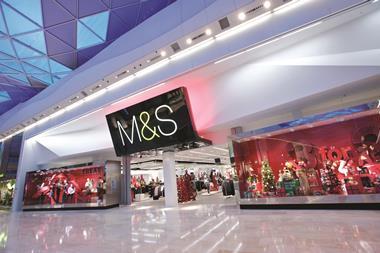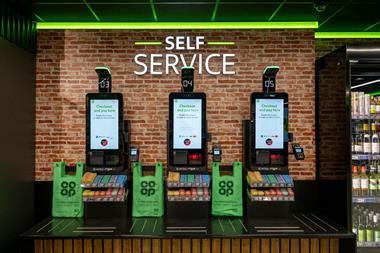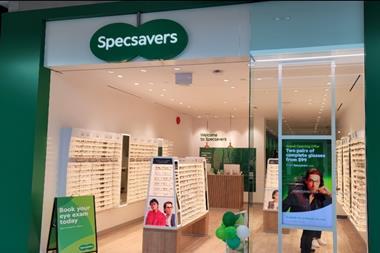All retailers, no matter their size, need the ability to quickly and efficiently manage and execute accurate prices to drive profit.
Retail has changed dramatically over the last few years. With continually evolving technology providing demanding consumers with multiple ways to research, select, and shop for the best deals, the landscape will only become more complex and challenging.
In this hyper-competitive environment price is still critical and one of the most important levers a retailer can use to drive profit. Industry analysts have long asserted the value of pricing improvement efforts. Research proves that pricing has three to four times more impact on profitability than other types of improvements.
But the act of pricing confronts retailers with a host of questions: How can we improve our price image while maintaining profitability? How can we respond to cost increases without routinely passing them directly to customers? How can we price private-label products to maintain category performance as customers seek lower total basket price? How can we compete on price versus our rivals?
All retailers, no matter their size, need the ability to quickly and efficiently manage and execute accurate prices, improve their responsiveness to competitor pricing, and ensure compliance with their strategic pricing policies and goals.
With accurate pricing critical to every retailer’s success it is startling, and concerning, that so many put their trust in spreadsheets, a technology that cannot scale or simultaneously consider and enforce price relationships across sizes, brands, product lines, price zones and channels. This approach requires significant human time and effort, and with all the will in the world, it would be foolish to not expect considerable pricing errors.
According to RSR Research’s ‘Pricing 2015: Learning To Live In A Dynamic, Promotional World’ benchmark report, the number of price changes sent to stores and other channels is increasing, with 75% of retailers surveyed saying that it has somewhat or significantly risen. As the report highlights, a driver of this will be online dynamic price changes, but there’s no doubt that a high volume of changes are still going to stores.
“Research proves that pricing has three to four times more impact on profitability than other types of improvements”
So what’s the cost of incorrect, delayed or missed price changes to a retailer? It’s hard to precisely quantify but can any retailer in today’s competitive environment really afford to lose sales through uncompetitive prices, lose margin by not adjusting prices when vendor costs change, or ultimately lose customers who have been frustrated by inconsistent prices?
Customers are king in the world of retail, but price still matters.
If you’re interested in agile pricing, you can find out more here or come and find us at the IBM stand at the Buying & Merchandising Summit at the Cavendish Centre in London on September 22.
IBM is also partnering with Retail Week on an agile pricing digital briefing, out on October 21, entitled ‘Pricing with agility: How to drive revenue, margin and customer loyalty.’
- Tony Wood is WW Portfolio Marketing Lead, Omnichannel Merchandising at IBM Commerce


























No comments yet